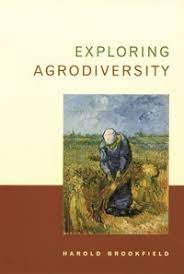The Malay Archipelago is a book by the British naturalist Alfred Russel Wallace which chronicles his scientific exploration, during the eight-year period 1854 to 1862, of the southern portion of the Malay Archipelago including Malaysia, Singapore, the islands of Indonesia, then known as the Dutch East Indies, and the island of New Guinea.
- Contents
- Introduction
- Introducing an Exploration
- The Plan of the Book
- Acknowledgments
- PART 1 Presenting Agrodiversity
- 1. Presenting Diversity by Example: Mintima and Bayninan
- Mintima, Chimbu, Papua New Guinea
- Bayninan, Ifugao, Philippines
- Comment: Dimensions of Diversity
- 2. Diversity, Stress, and Opportunity
- Three Contrasted Examples
- Threats to Crop Biodiversity: Paucartambo, Peru
- A People Resettled Again and Again: The Zande of the Southern Sudan
- The City in the Village: Four Villages Around Kuala Lumpur, Malaysia
- Comment Arising from the First Two Chapters
- 3. Defining, Describing, and Writing About Agrodiversity
- Summarizing the Elements of Agrodiversity
- Defining Agrodiversity
- Describing and Classifying Agrodiversity
- Following What Farmers Do
- Analyzing and Writing About Agrodiversity
- Themes for a Structured Argument
- Two Cautions
- The Way Forward
- 4. Learning About the History of Agrodiversity
- Two Very Relevant Questions
- Selection of Favored Sites
- Diversity in Early Management: Evidence from the Ground Surface
- Evidence from Within the Soil
- Toward Answers to the Questions
- 5. Understanding Soils and Soil-Plant Dynamics
- Introducing Soils
- Soil Taxonomy and Its Problems
- Soil-Forming Processes
- Introducing Nutrients and Soil–Plant Relationships
- The Human Factor
- PART II Diversity Within Land Rotational Systems
- 6. Analyzing Shifting Cultivation
- Introducing Part II
- Farming in the Forests of Borneo
- Borneo in Perspective
- The Forces of Change
- 7. Alternative Ways to Farm Parimonious Soils
- Citemene and Fundikila: Northeastern Zambia
- Farming Systems Across Space and Through Time
- Some Concluding Remarks About Work on Shifting Cultivation
- 8. Managing Plants in the Fallow and the Forest
- Introducing the Management of Plants
- Managing the Successional Forest in Latin America
- Managed Successional Fallows in Amazonia and Southeast Asia
- Complex Multistory Agroforests in Southeast Asia
- What Is Natural and What Is Human-Made?
- Using Plants and Soil in Conjunction
- Conclusion
- 9. Coping with Problems: Degraded Land, Slope Dynamics, and Flood
- Degraded Land
- Coping with Degradation in Southeastern Ghana
- Managing the Dynamics of Steep Slopes
- Managing Water
- Discussion
- PART III Paths of Transformation
- 10. Who Has Driven Agricultural Change?
- Introducing Part III
- Bursts of Innovation and Incremental Change
- Two Completed Experiments
- Agricultural and Social Change in Japan, 1700–1950
- Japan and Java
- Conclusions
- 11. Farmer-Driven Transformation in Modern Times
- A Focus on Spontaneous Change
- Management and Investment in a Sahel Village
- Management and Migration Among the Kofyar of Northern Nigeria
- Interference and Invention in Machakos, Kenya
- Intensification, Revolution, and Agrarian Transformation: A Review
- 12. The Green Revolution
- Science and Public Policy as the Drivers of Change
- North and South India
- Farmers and the State in Java
- Back to Diversity
- Conclusions
- PART IV The Future of Agrodiversity
- 13. Recent Trends in Agriculture
- Economy and Ecology Hand in Hand
- The Background: Genetic Erosion and Conservation
- Innovations in Plant Breeding
- Alternative Agriculture in the North
- The Special Case of Cuba
- 14. Science, Farmers, and Politics
- A Check to the Seed–Chemical Juggernaut
- Progress in Wider Biotechnology Fields
- Biosafety and Ethical Issues
- Understanding the Scientific Basis of Agrodiversity
- Biophysical Diversity and Its Management: Alternatives to Herbicides
- Diversity in Farm Management
- The Organizational Domain: An Area of Weakness
- The Conditions for Success of Diversity
- Epilogue: Looking at the Future
- Allies of Agrodiversity
- In Conclusion
- References
- Index

